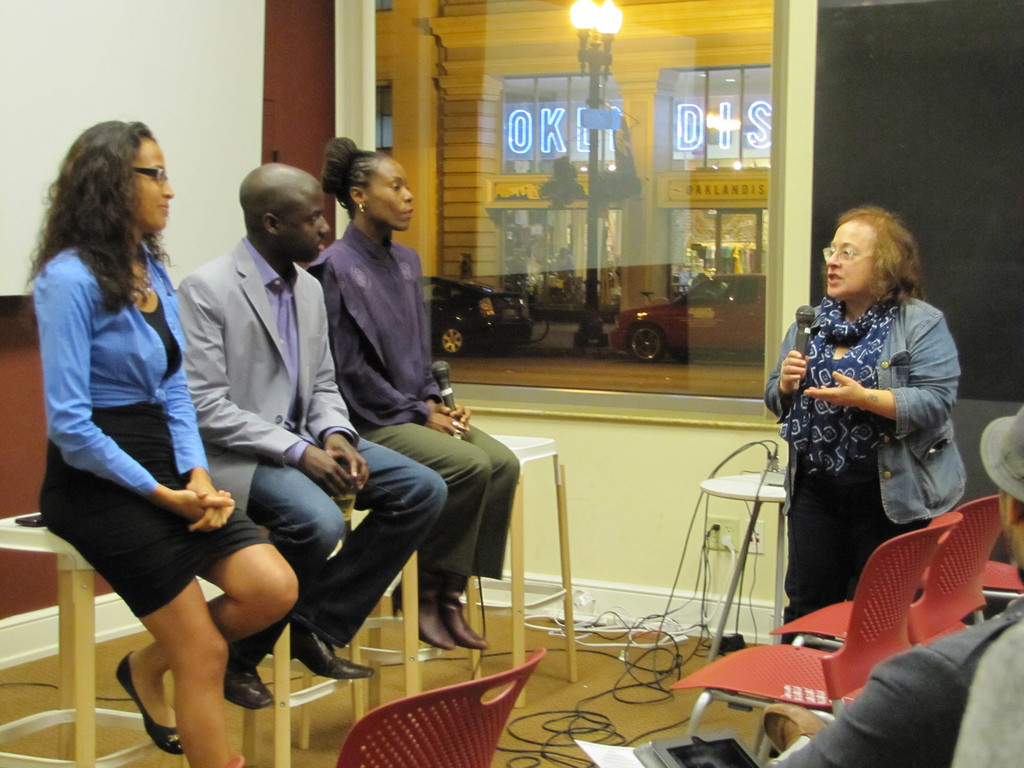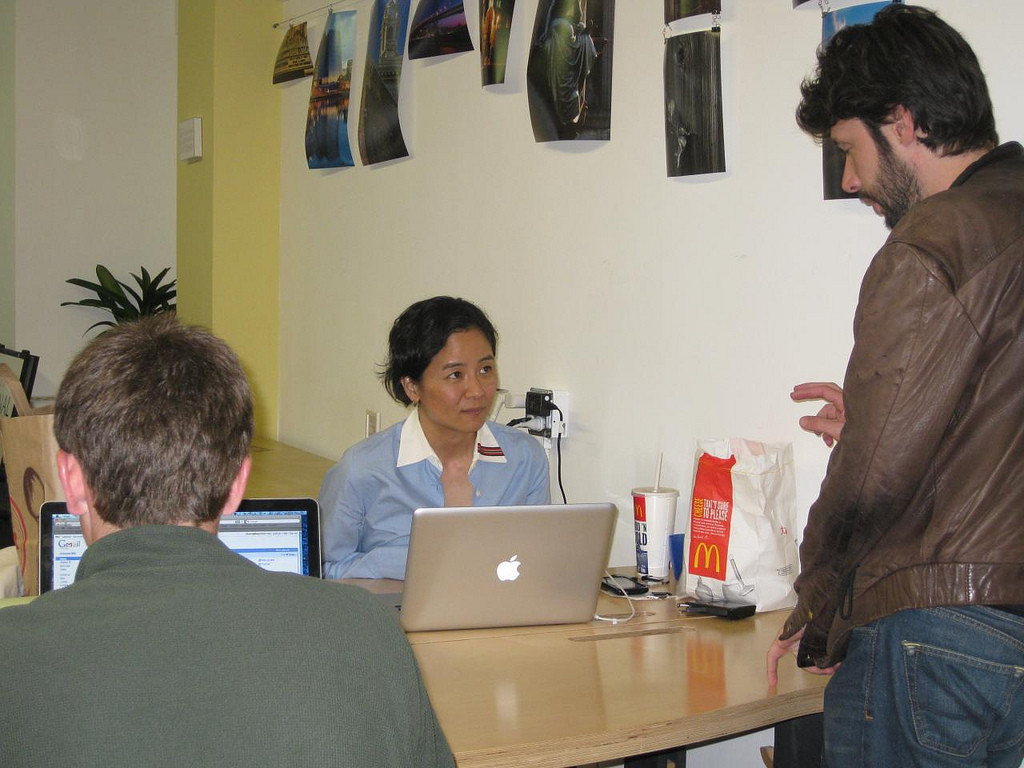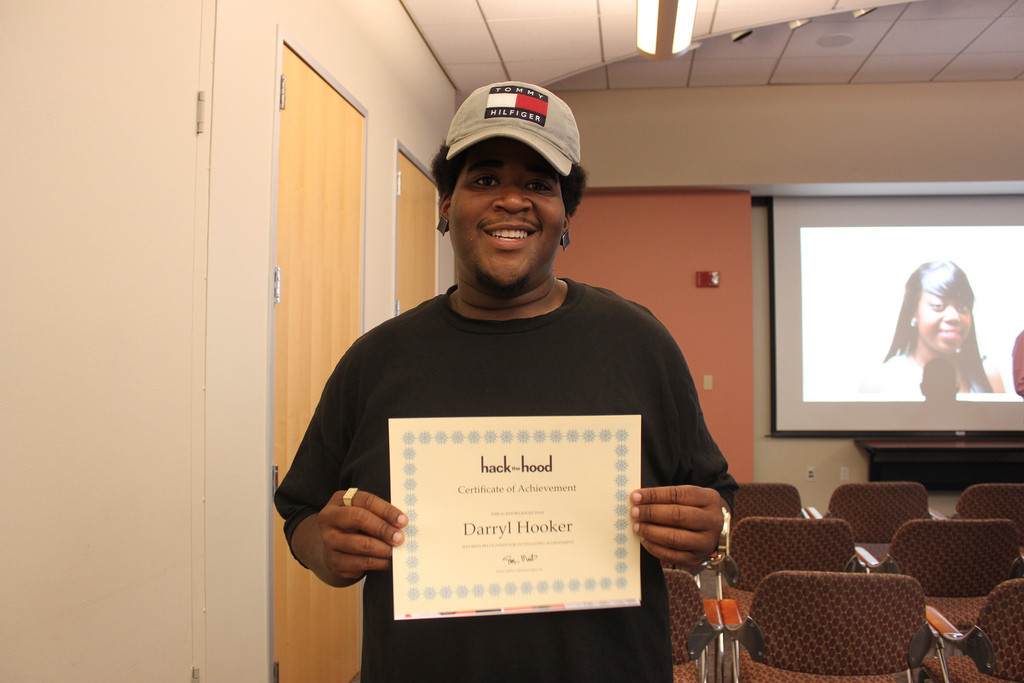Welcome to the the Weekly Illumination, a JTM newsletter offering a quick look at the week in journalism with a focus on what’s working in today’s news ecology. In this week’s Illumination we’ll share a long list of tips we found over the week, take a look at First Look Media, and explore how the social web is impacting the way news is delivered.
Hangout with JTM-Alum Dave Cohn on Wednesday
The next installment of our February Hangout series will feature a conversation with David Cohn, the founder of Spot.Us and Director of News at Cir.ca. David will join us February 19th at 11am Pacific Time to talk about the lessons he learned launching his first startup and to share with us a new model for handling information that Circa is pioneering. Last week’s Hangout featured a conversation with Evelyn Messinger, another JTM alum. The guest for our final installment this month will be JTM Board Member Linda Fantin who will be discussing the Public Insight Network. I encourage you to RSVP to this week’s event, but everyone is welcome to attend any of the Hangout‘s on the day of the event.
***
JTM Co-founder Peggy Holman has written a pair of articles looking at the roles that naturally develop during times of change. The Seapoint Center for Collaborative Leadership published Change your Story, Change Your Organization and JTM has published Stories for Navigating Change.
Another Look at First Look
The Intercept is the first of several publications rolling out from First Look Media. Glenn Greenwald, Laura Poitras and Jeremy Scahill launched The Intercept on February 10 to focus on national security issues and to continue the ongoing reporting generated by the Snowden leaks. Jay Rosen, an advisor to the company, wrote about the digital magazine’s launch on his blog and journalism.co.uk has a breakdown of who’s now working for the new company.
Tips and Tricks
- Nine tips for writing powerful headlines
- How to password protect a Google form
- Using your mobile device to cover winter storms
- Tips for using attention analytics
- Bulb comparison for lighting scenes
- The value of a good budget microphone
- The ‘don’ts’ of interviewing trans people
- StillShot, a frame-grab app for iOS video
- Jeff Jarvis: Kill the stand-up
- Jay Rosen identifies the keys to a successful personal franchise model for news
The Social Web’s Continued Growth
It’s clear that Facebook and Twitter are a major way that people find the news content that interests them, but a new column by Felix Salmon for Reuters explains the depth of this paradigm shift. As Salmon explains, Facebook accelerated the unbundling of news online as people increasingly relied on their friends as curators and less on the front pages of publications. People are also relying less on Google searches to find the news that’s interesting to them, The Atlantic reports. Now Buzzfeed, a news outlet born on the social web, is even getting people to share its advertisements on Facebook, and some foundations will even make donations to nonprofit news organizations to encourage more social sharing.
Odds & Ends and Odd Ends
- BuzzFeed Shows AP Stylebook Isn’t Exhaustive, Especially for Digital Age (10,000 Words)
- Analysis: How this running & cycling app creates a community of competitors (#Int3rhactives)
- How a crime becomes political: Trayvon Martin and the way different media co-create the news (Nieman Lab)
- From the desk of a former FCC Commissioner (Columbia Journalism Review)
- When Free is the Best Launch Strategy (Digital Book World)
- What now for news? (A three-part essay by Jeff Jarvis)
Jobs of the Week
The Internet Cat Video Festival is hiring a Coordinator.
The Freelancers Union is looking for a senior writer.
ThinkAdvisor has a position available for a social editor.
NBCUniversal is hiring a senior data visualization editor.
There is an opening available at the Georgia Perimeter College for a part-time journalism instructor.
The Berkman Center for Internet & Society at Harvard is hiring an Operations Director



